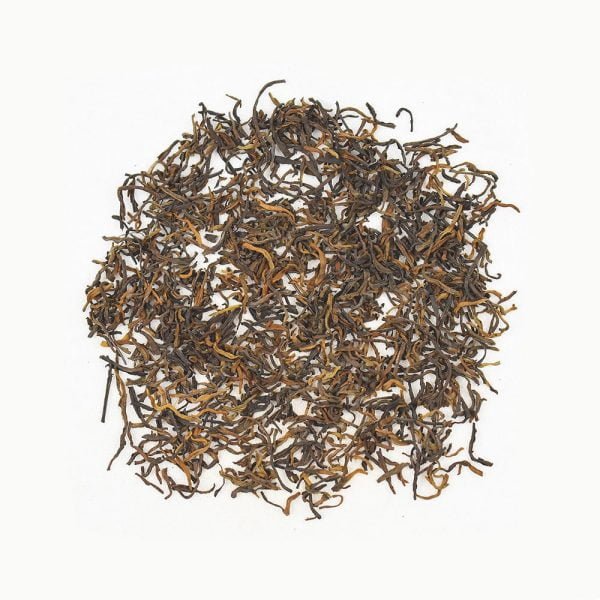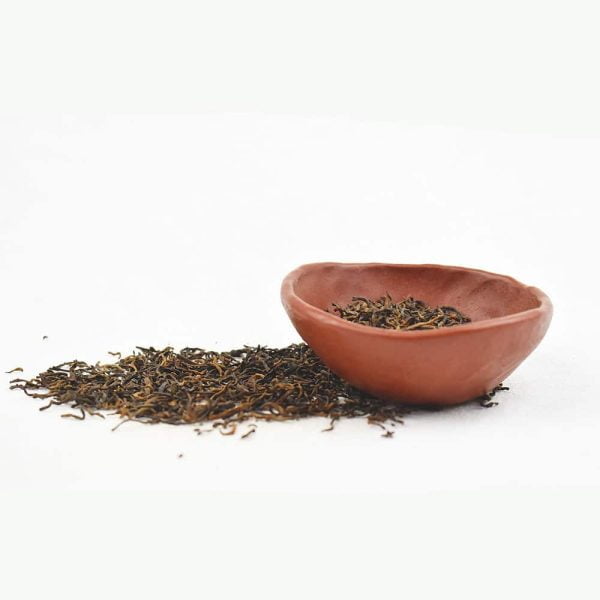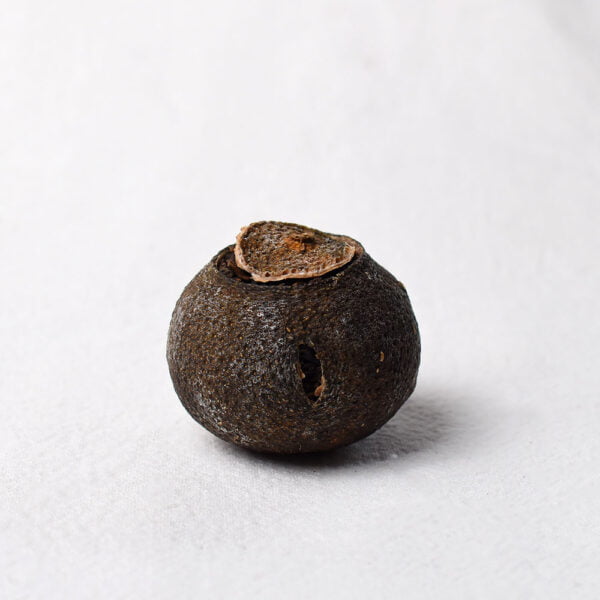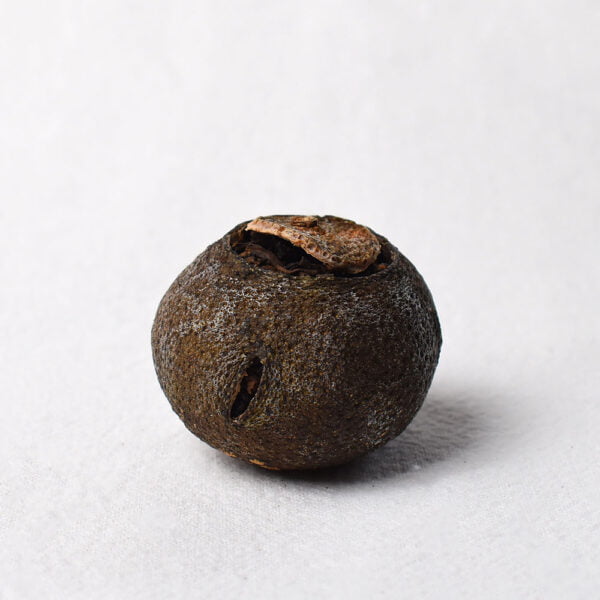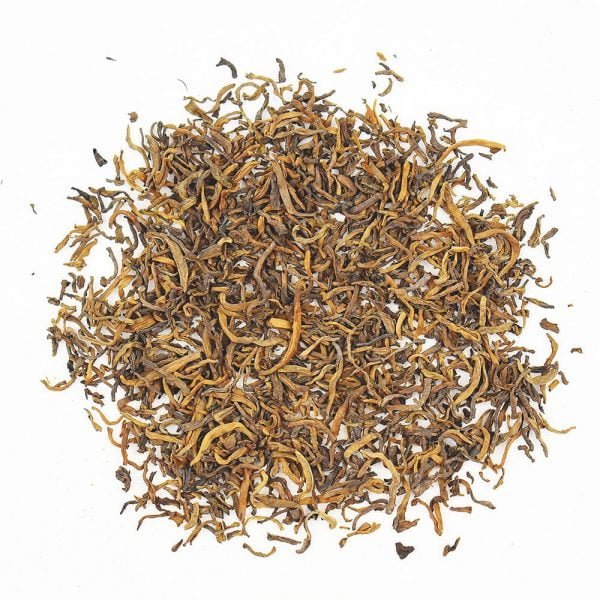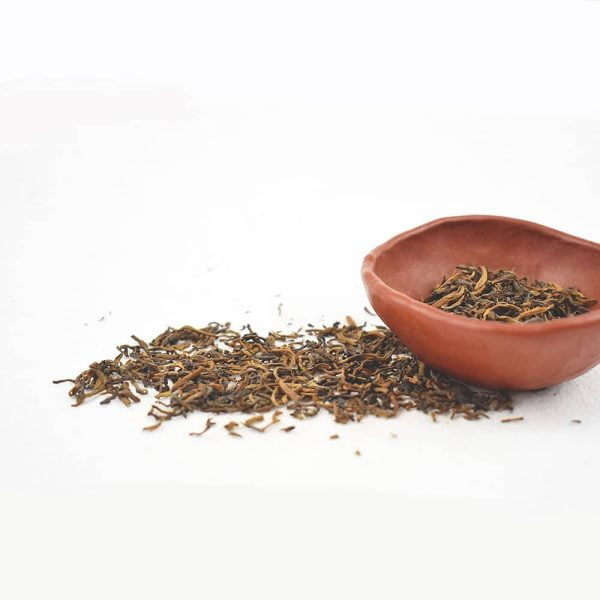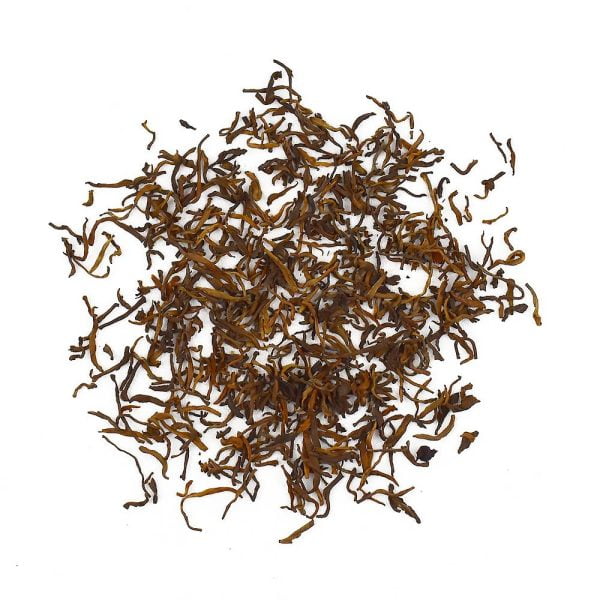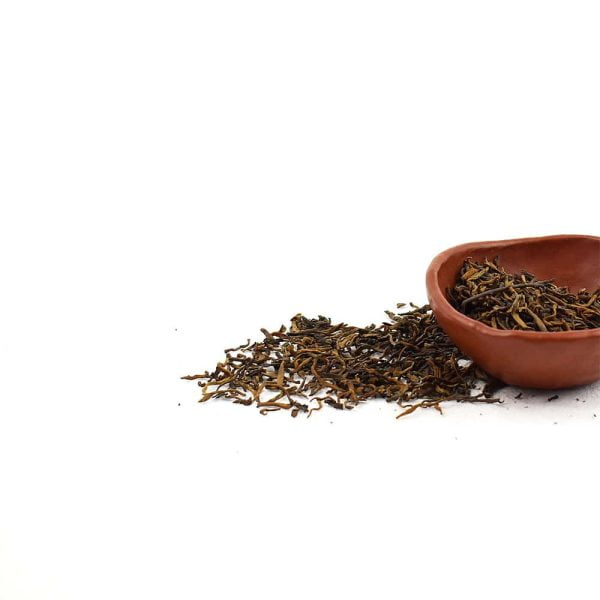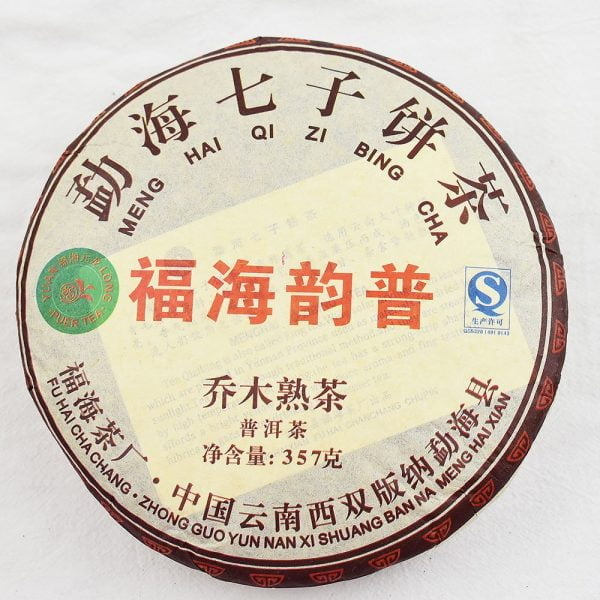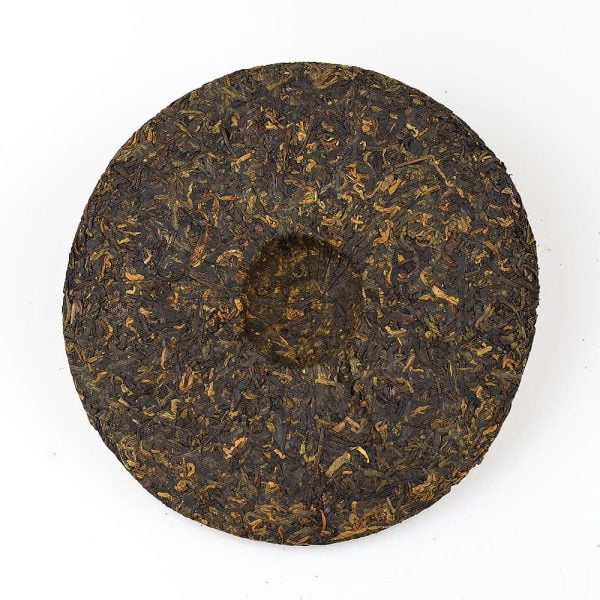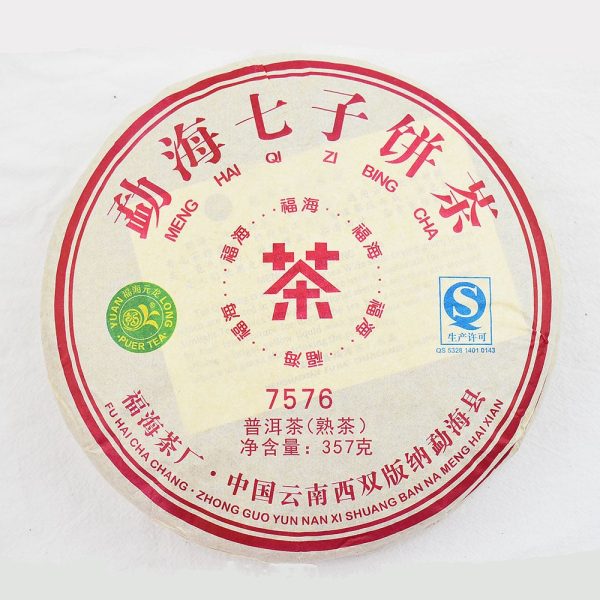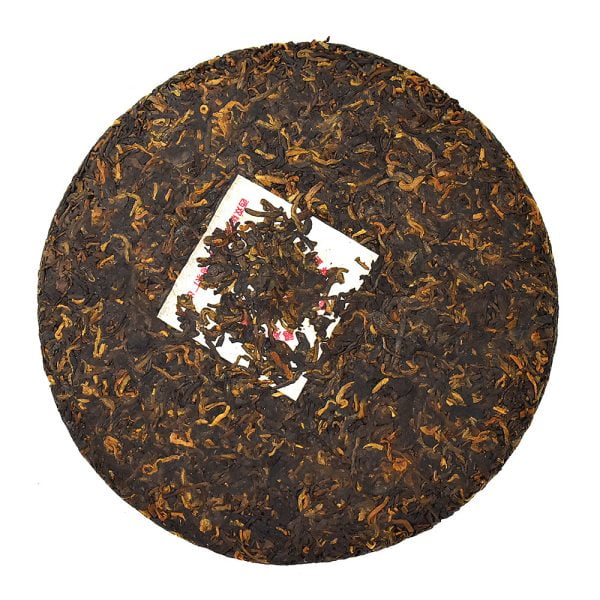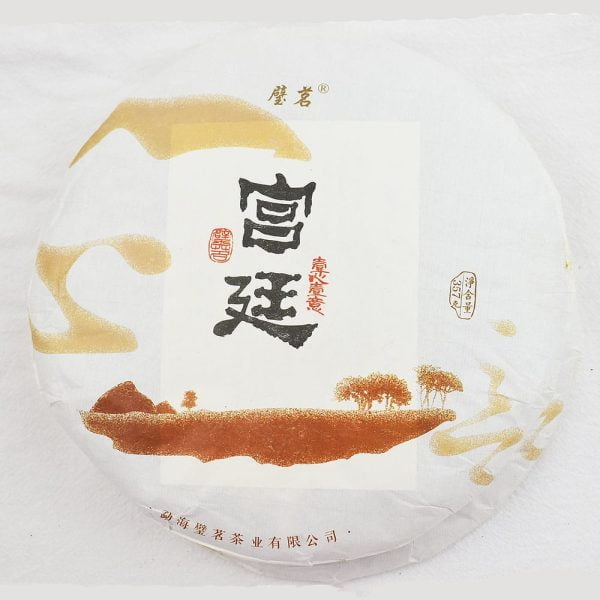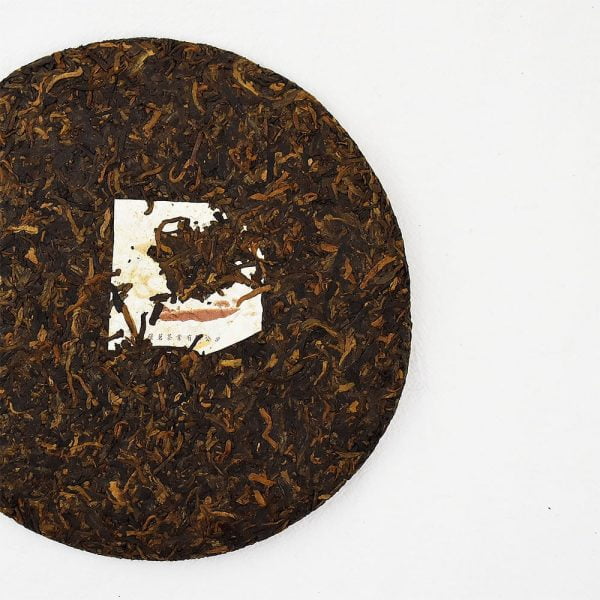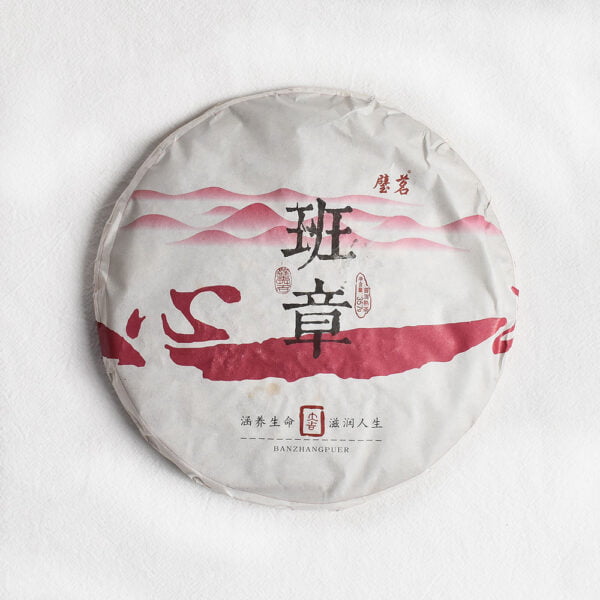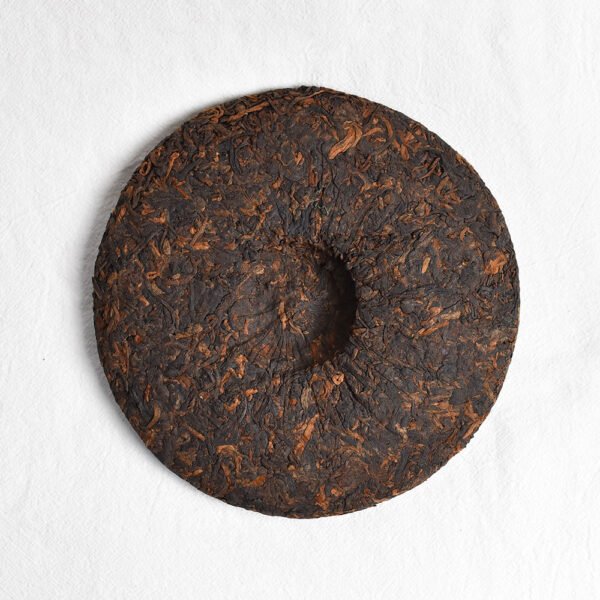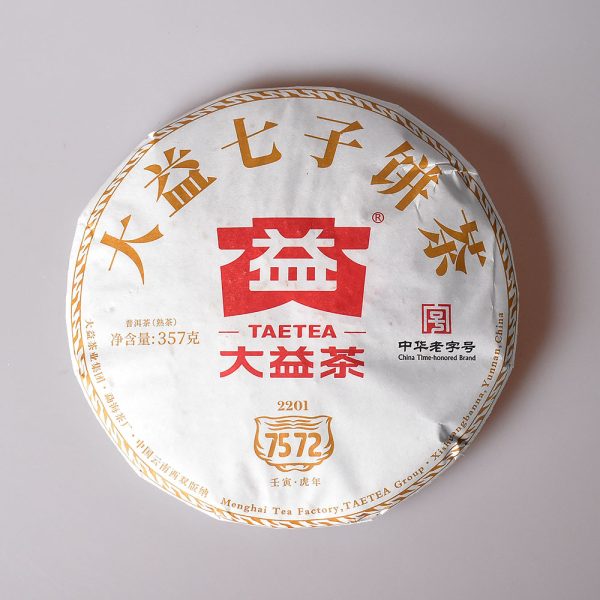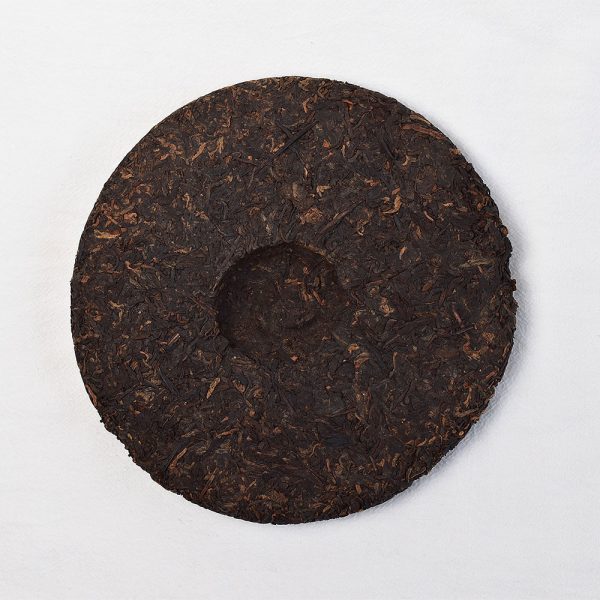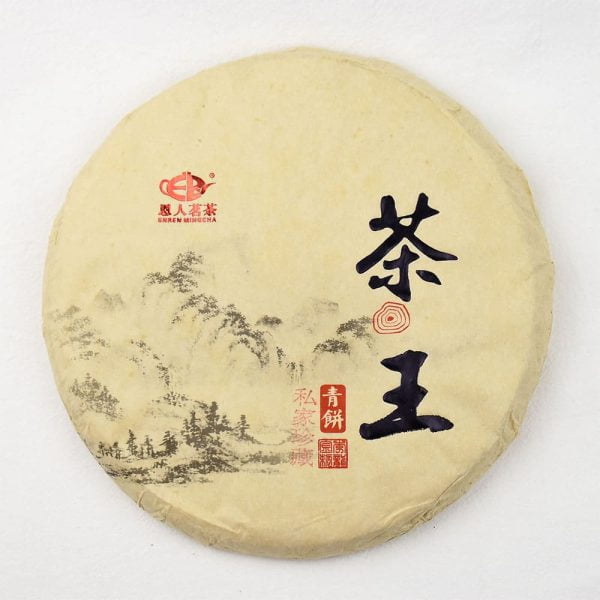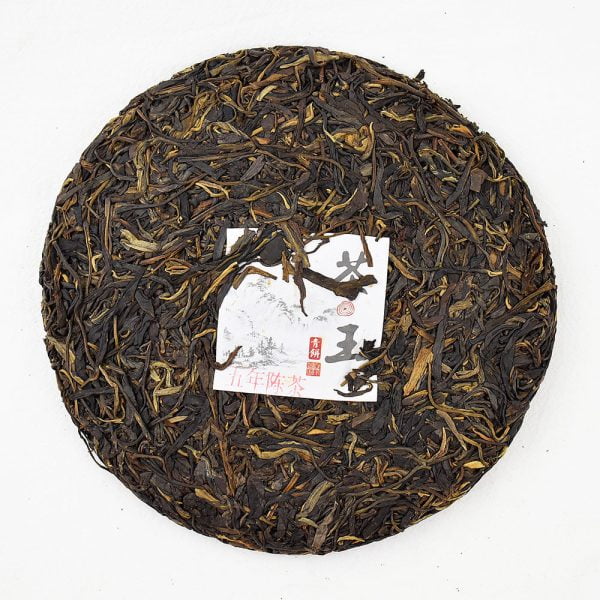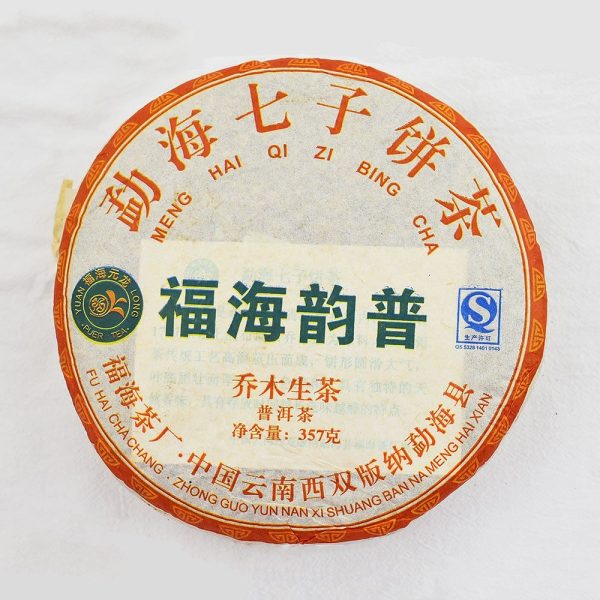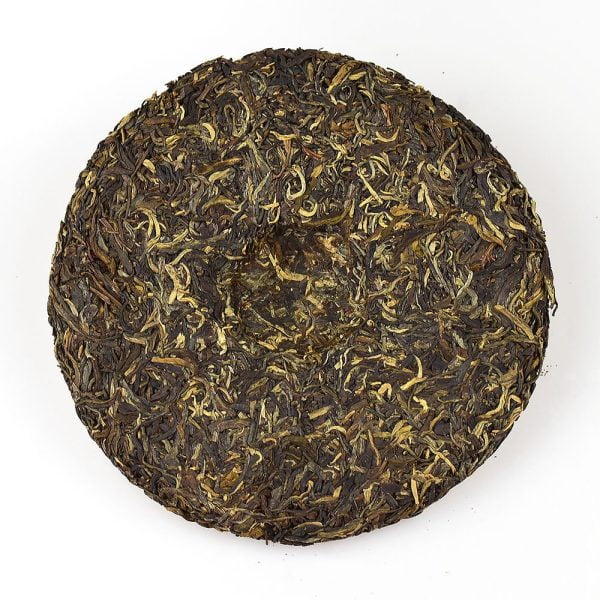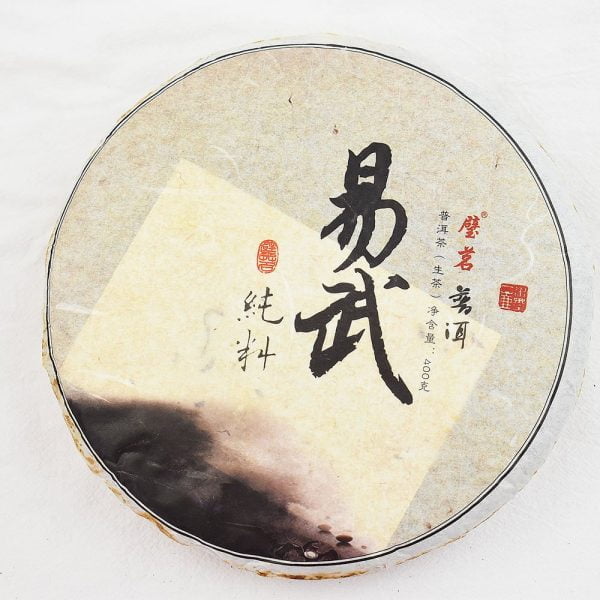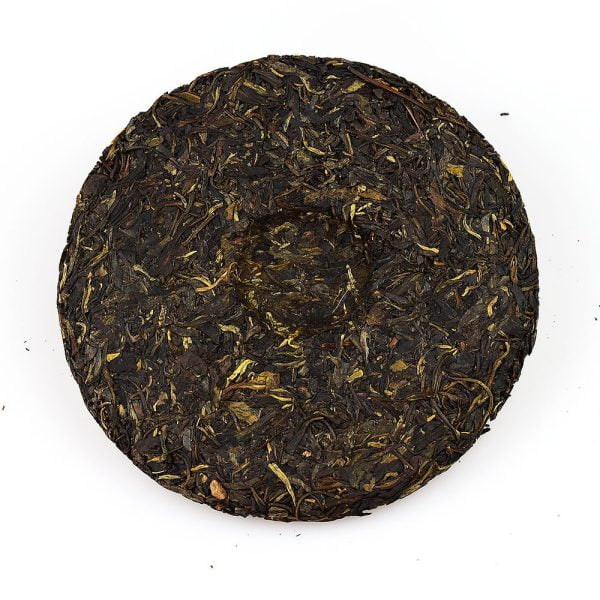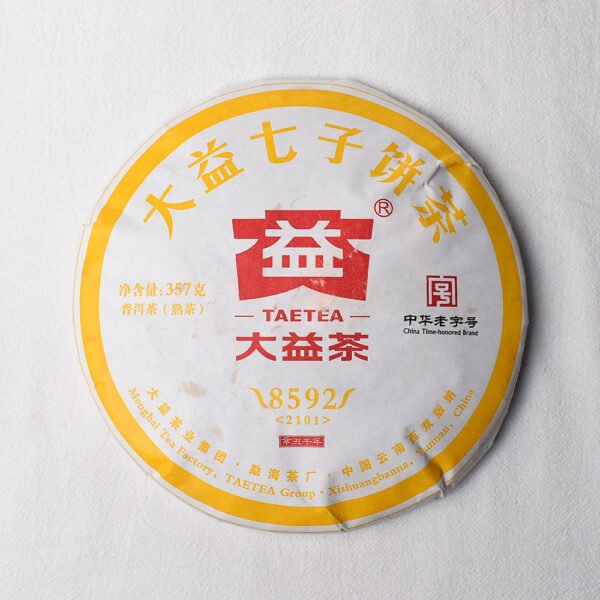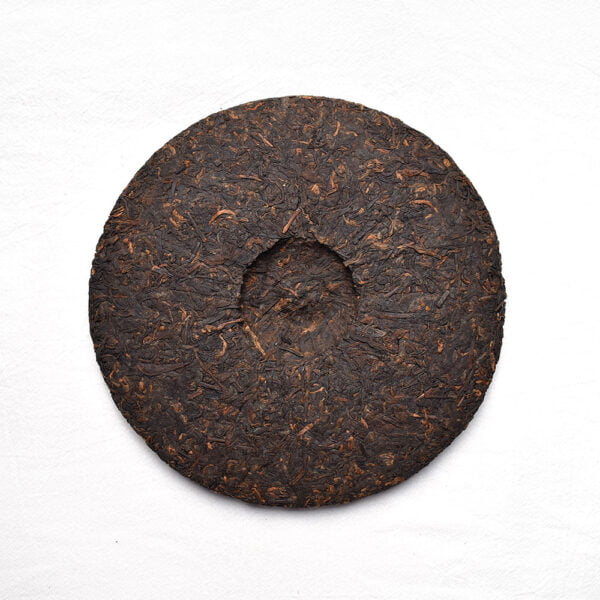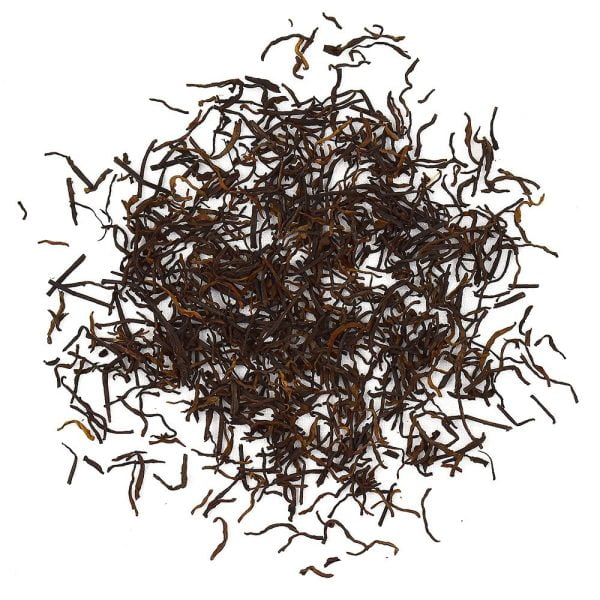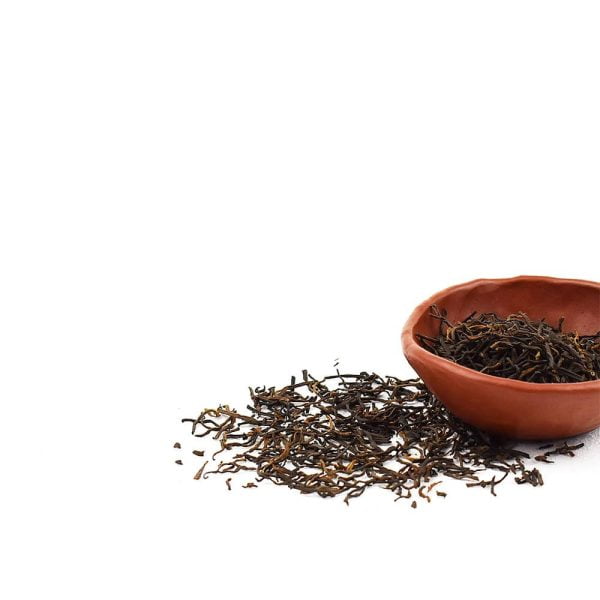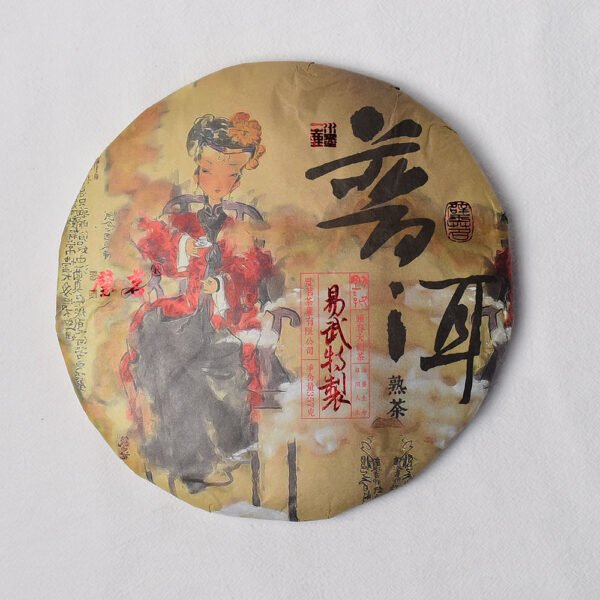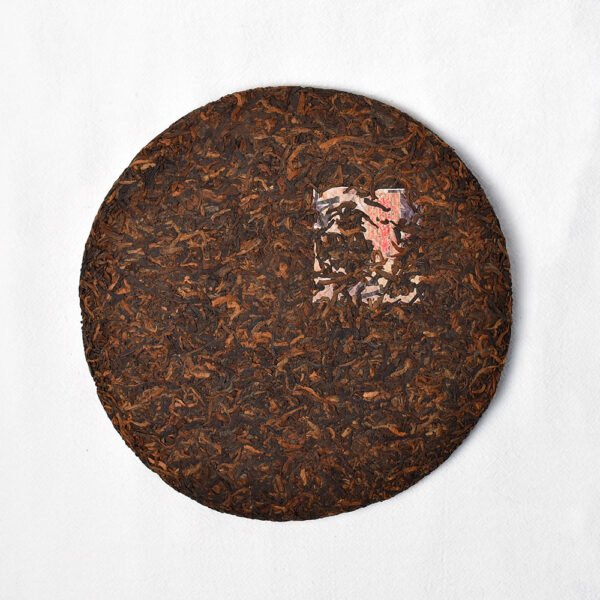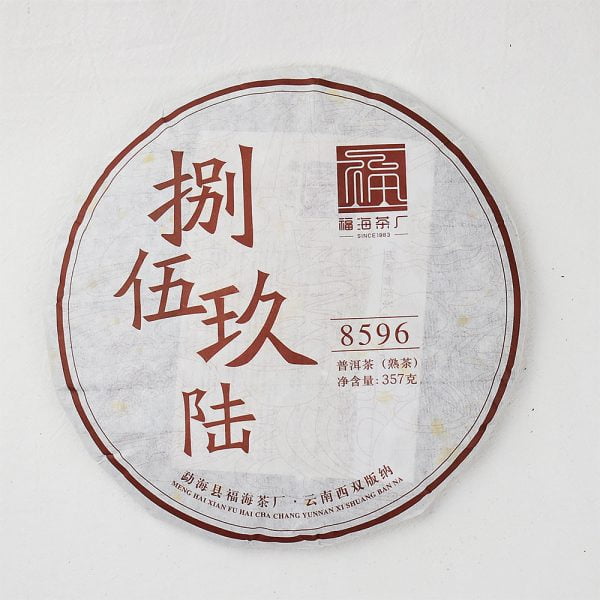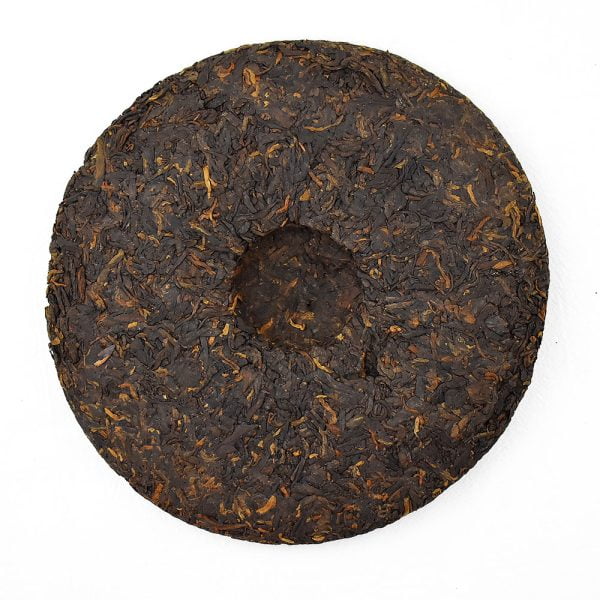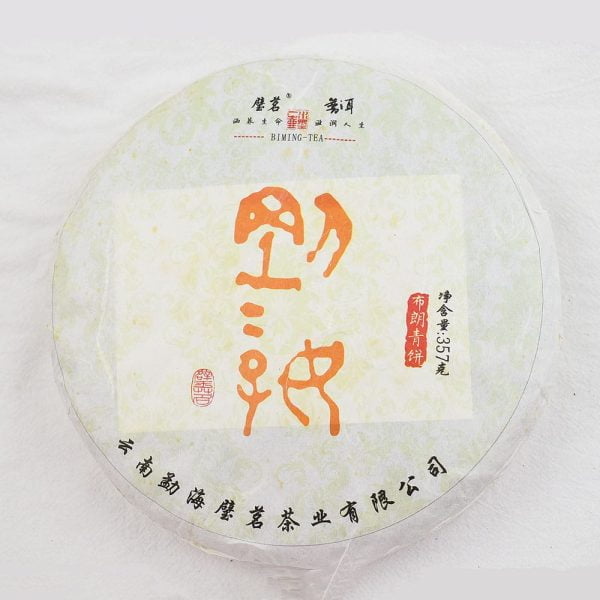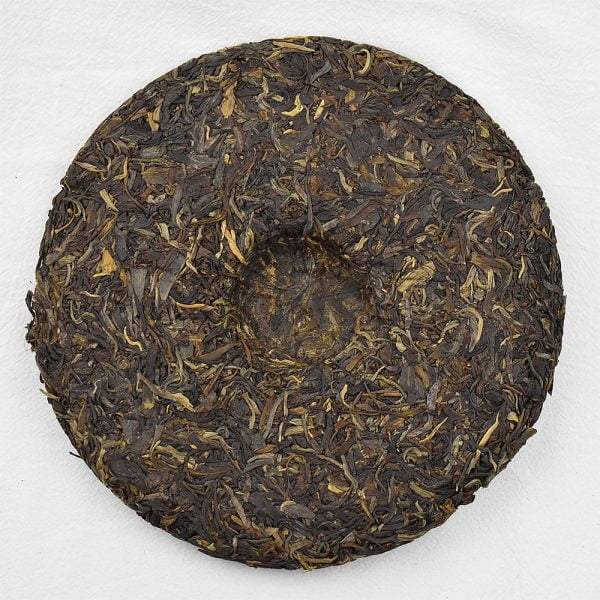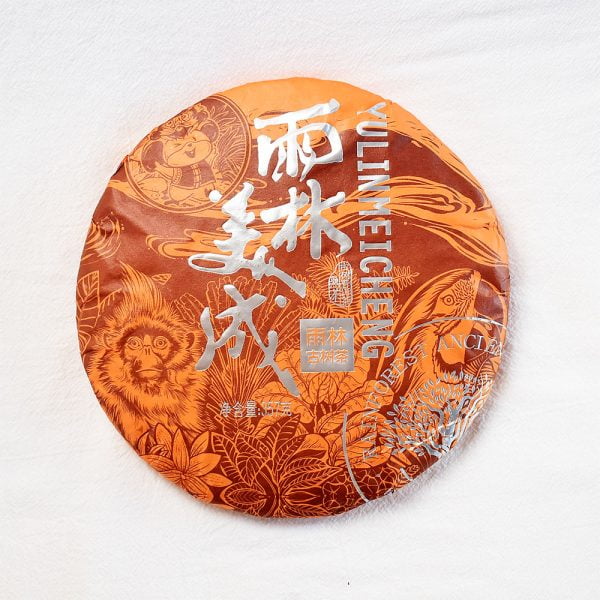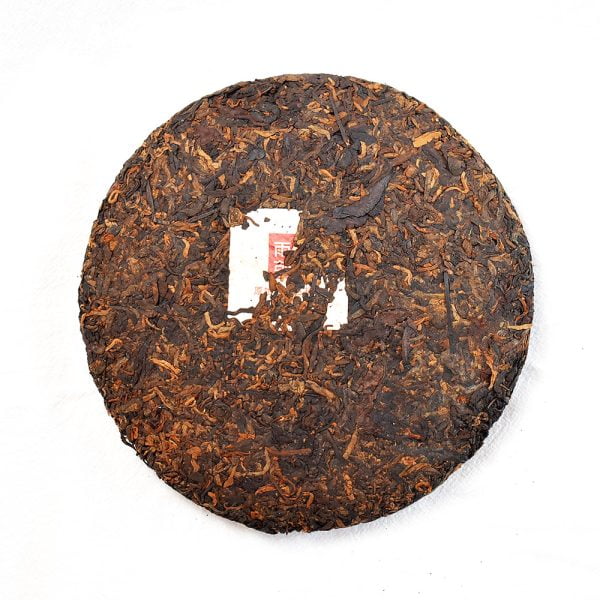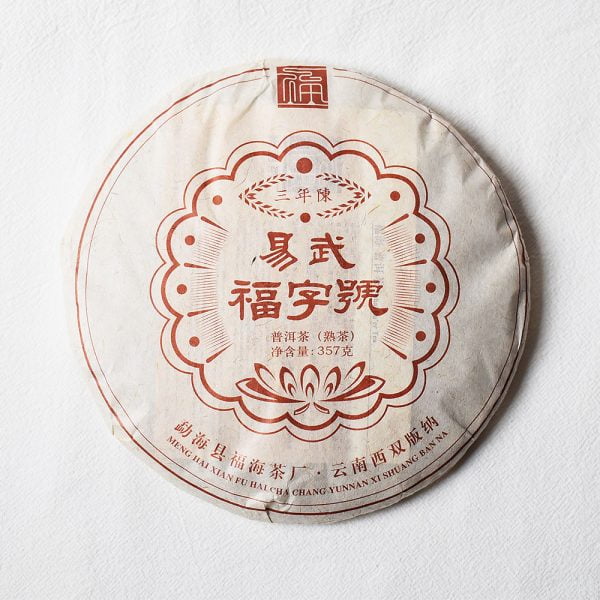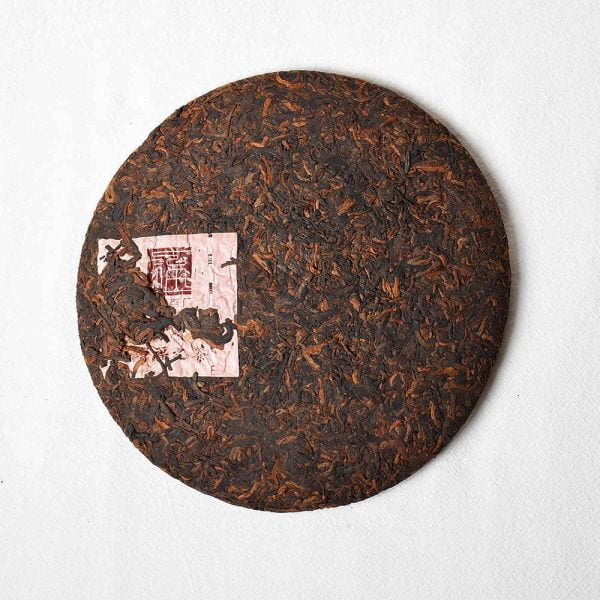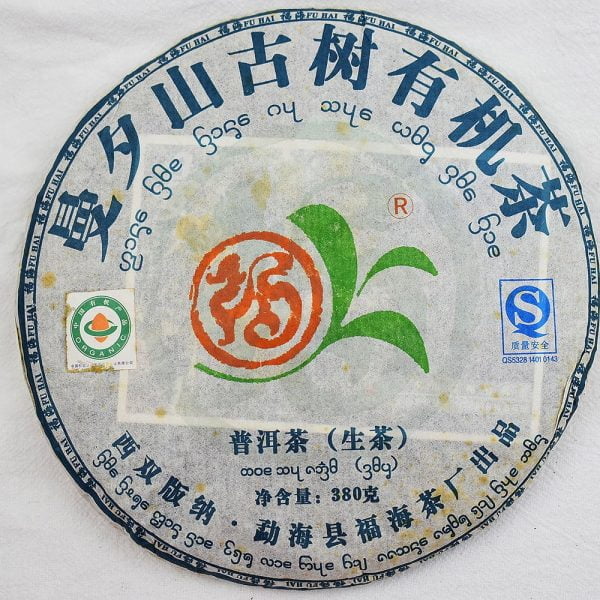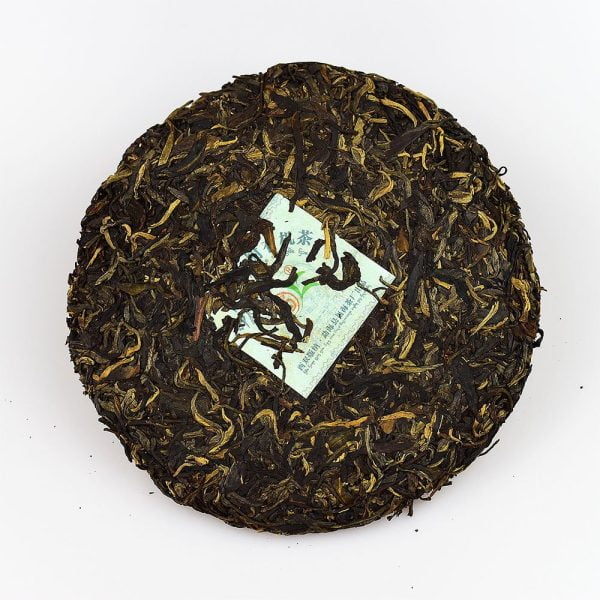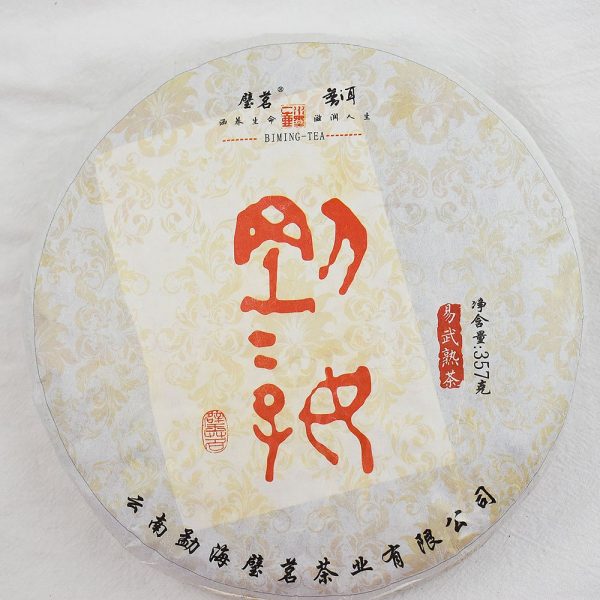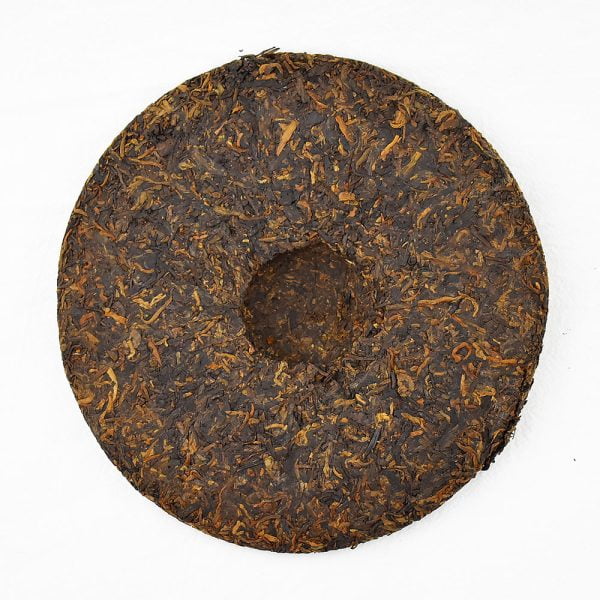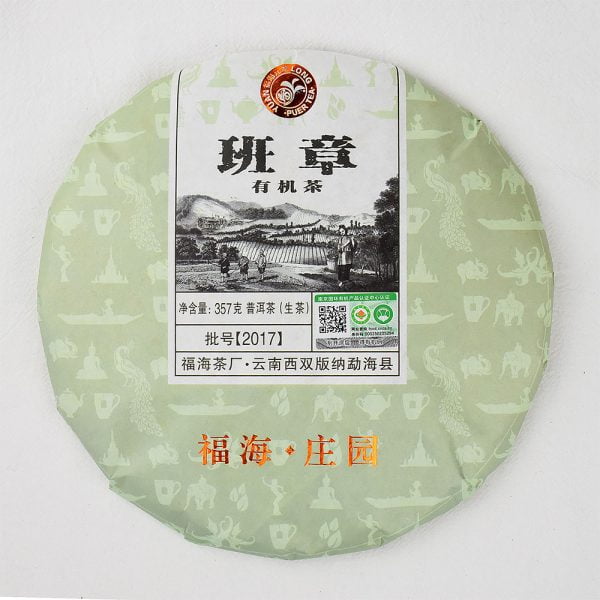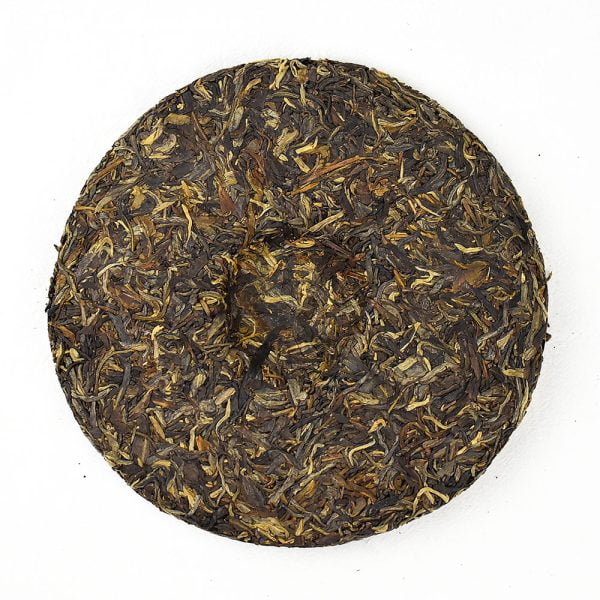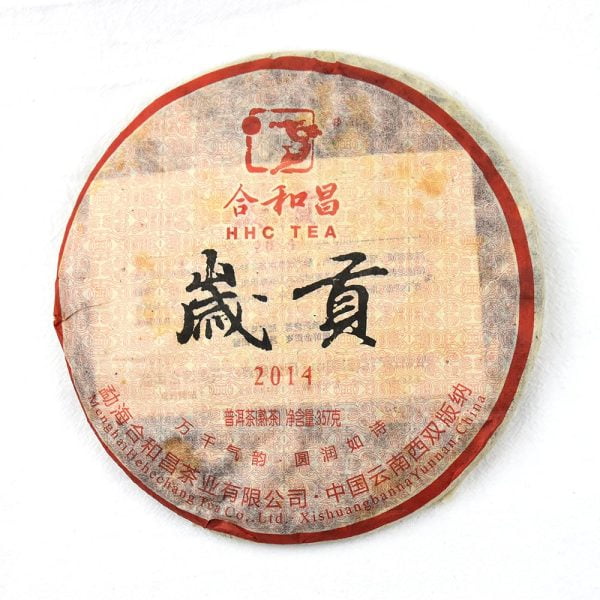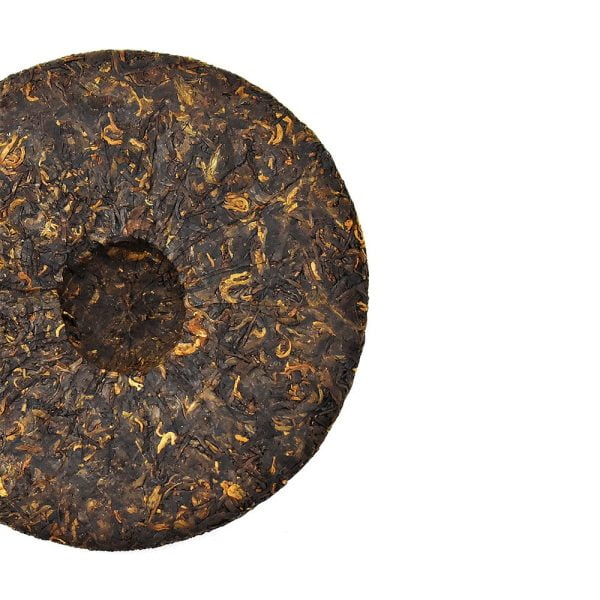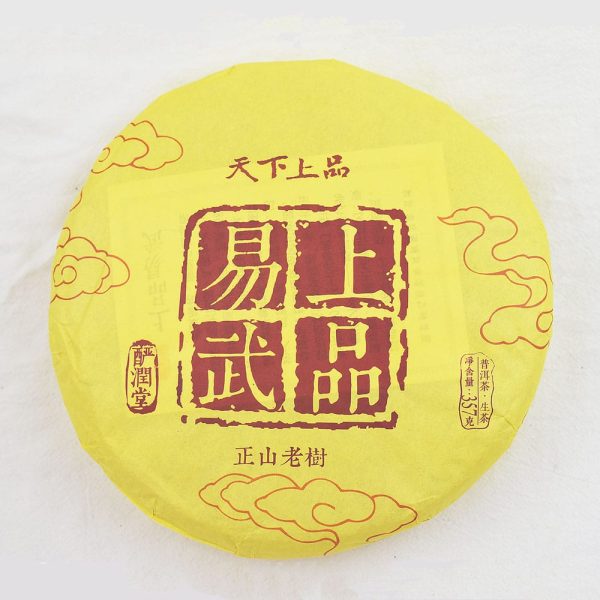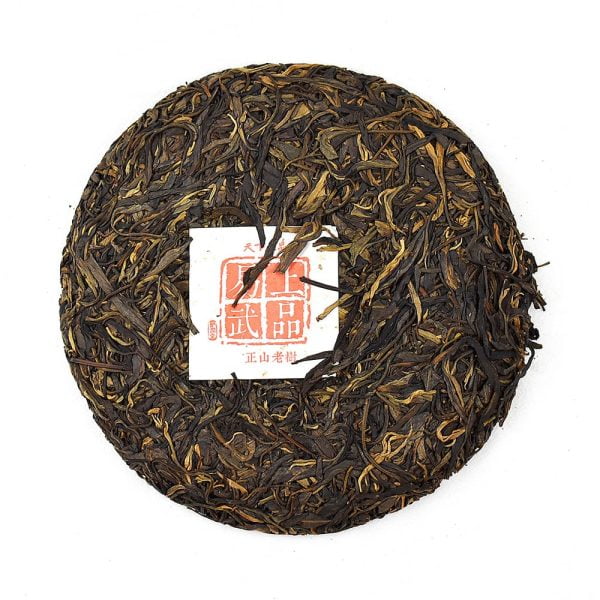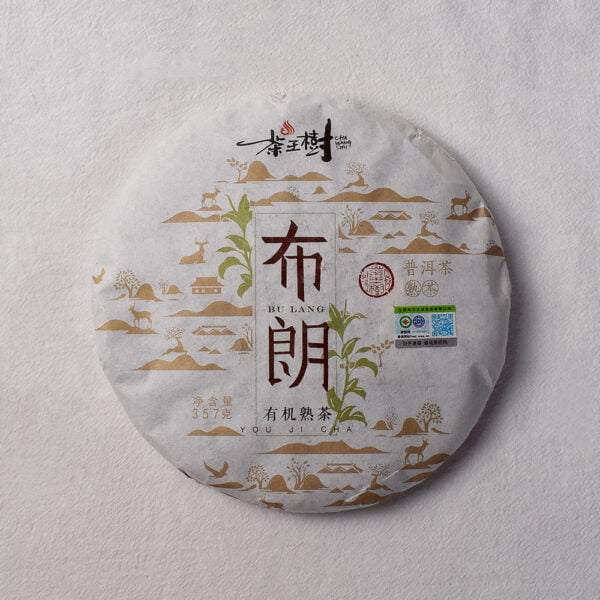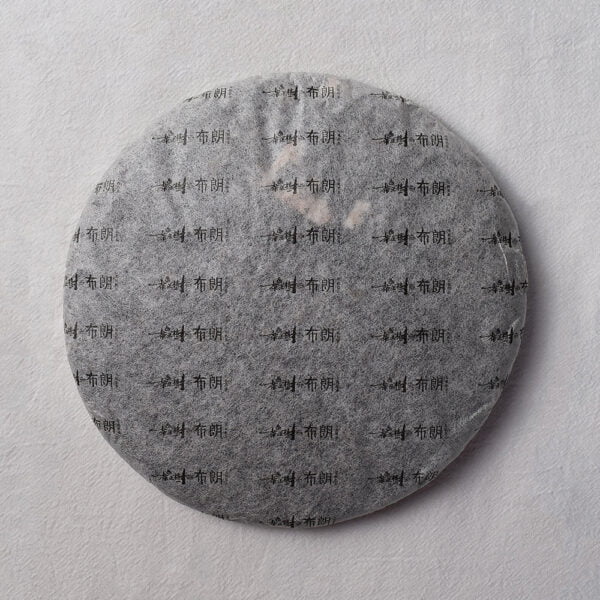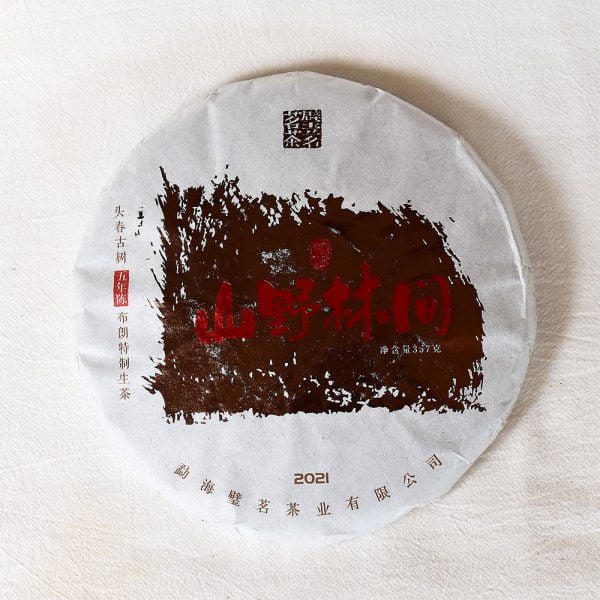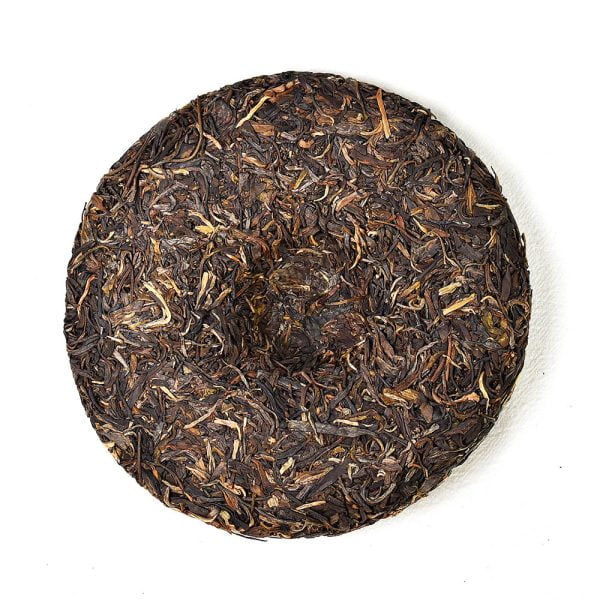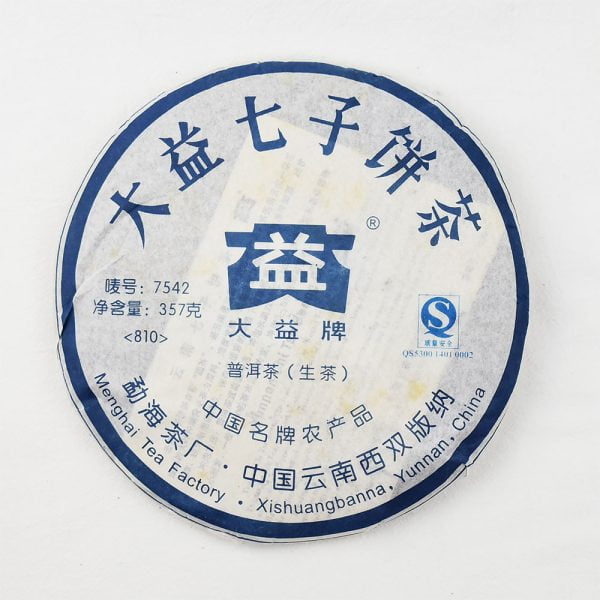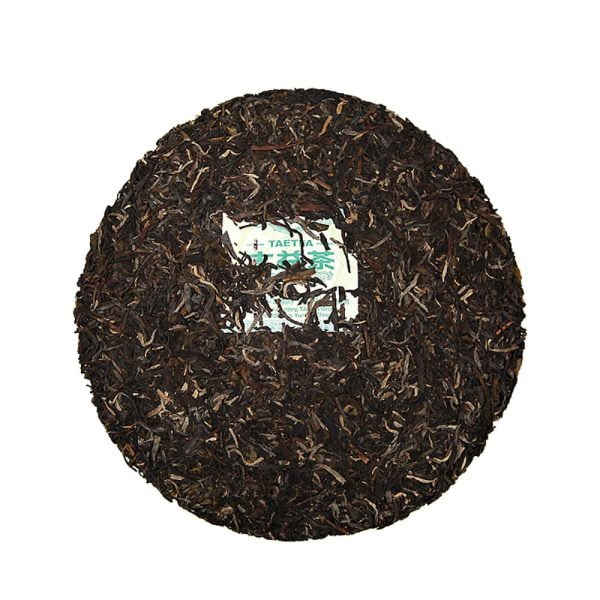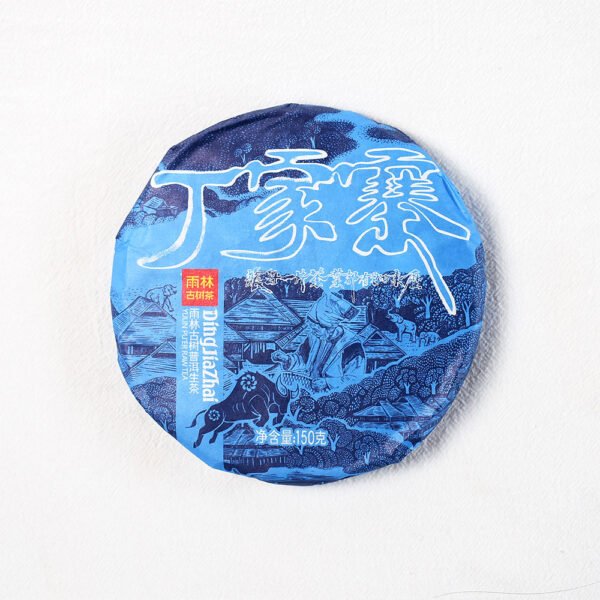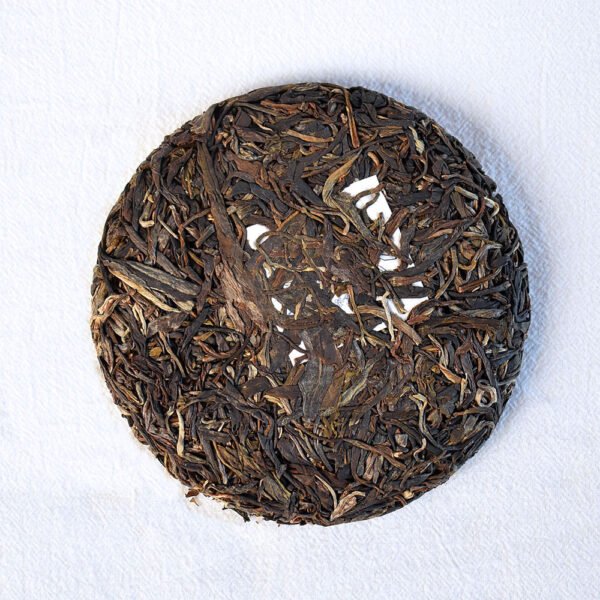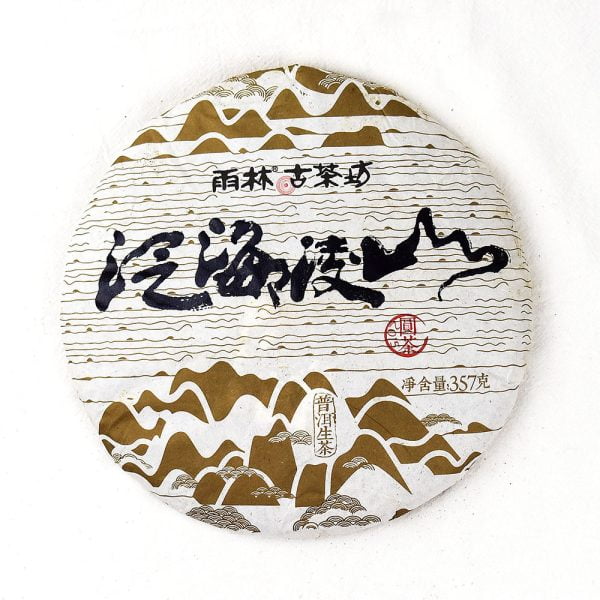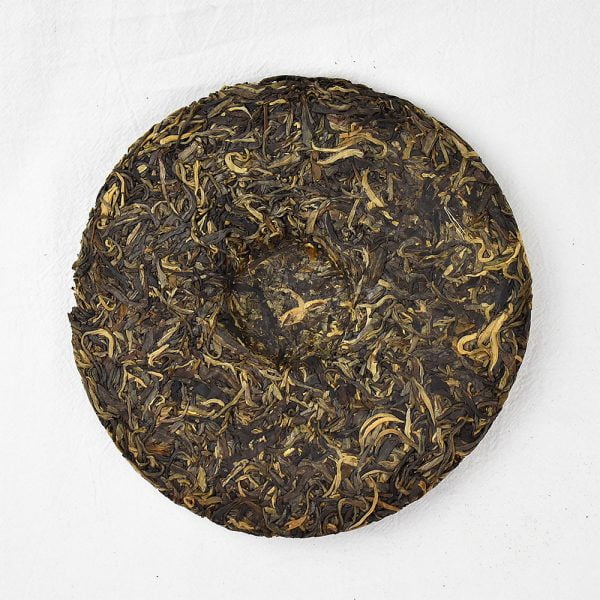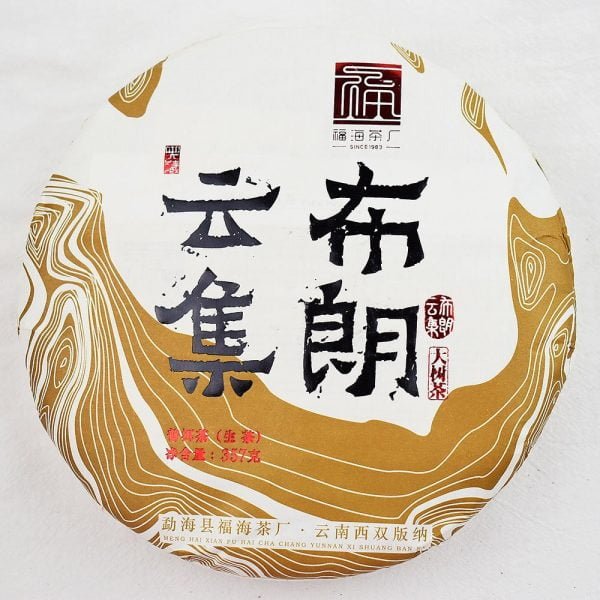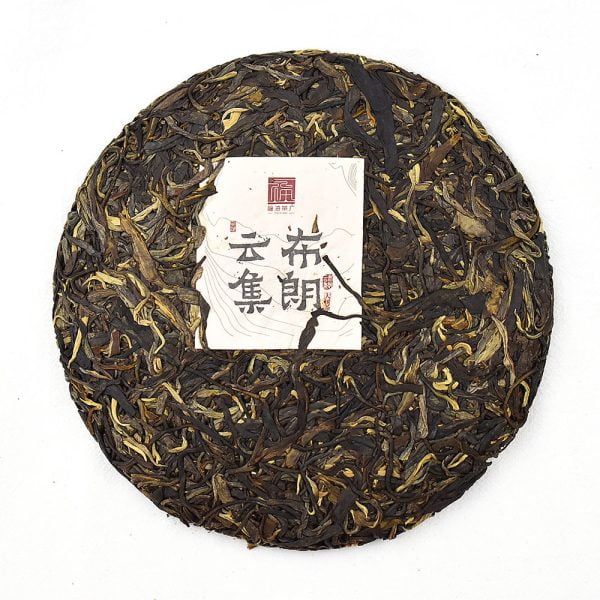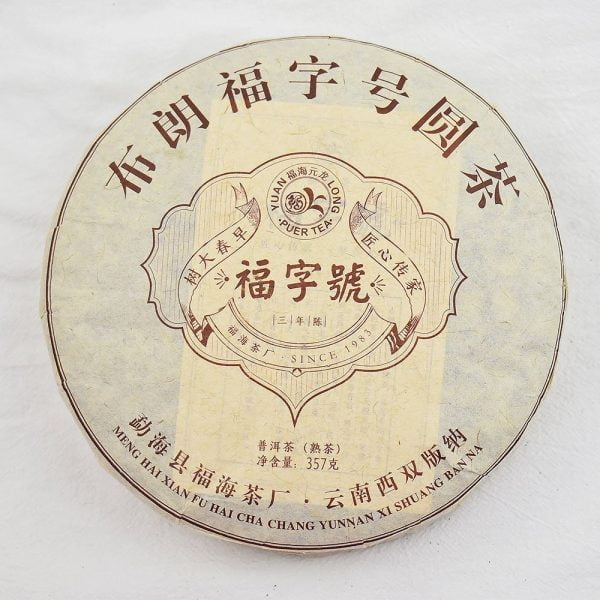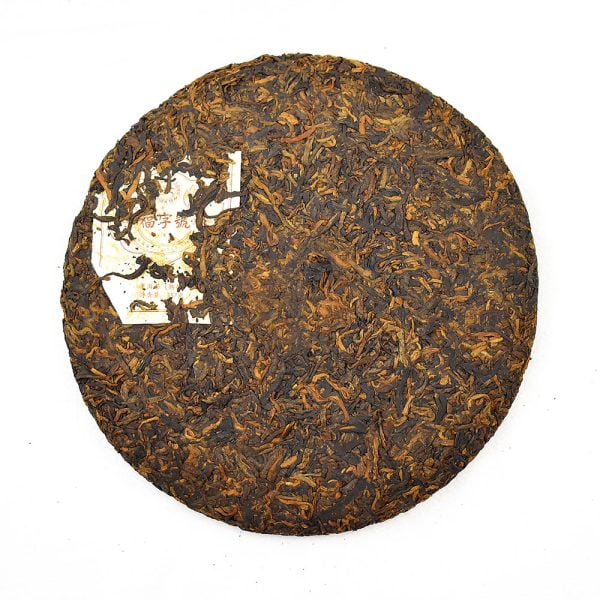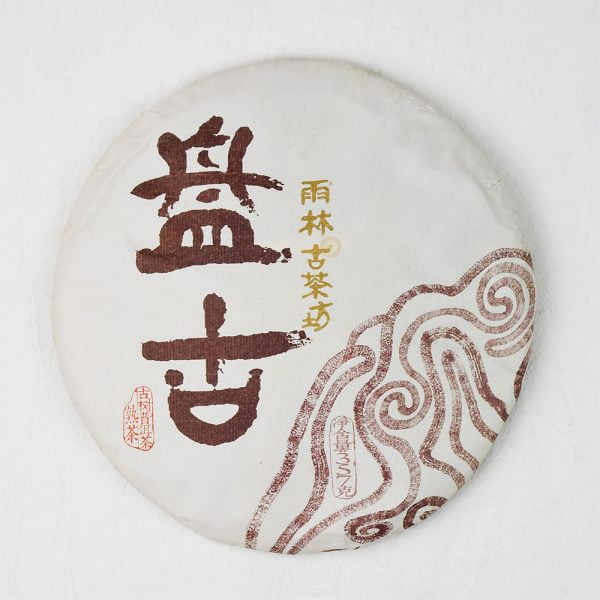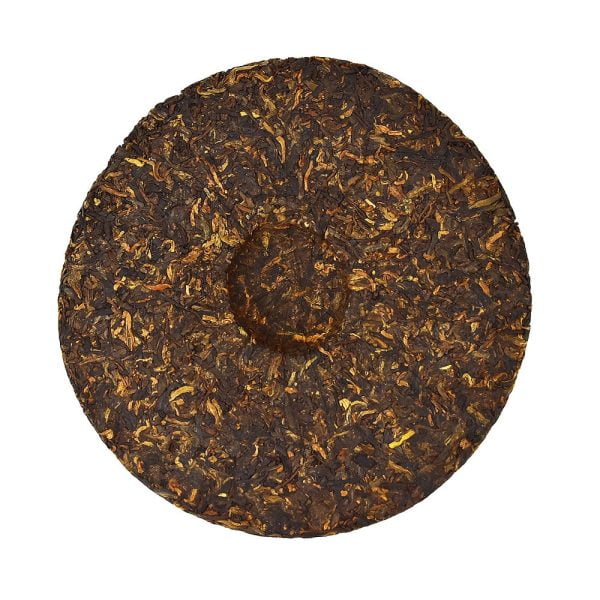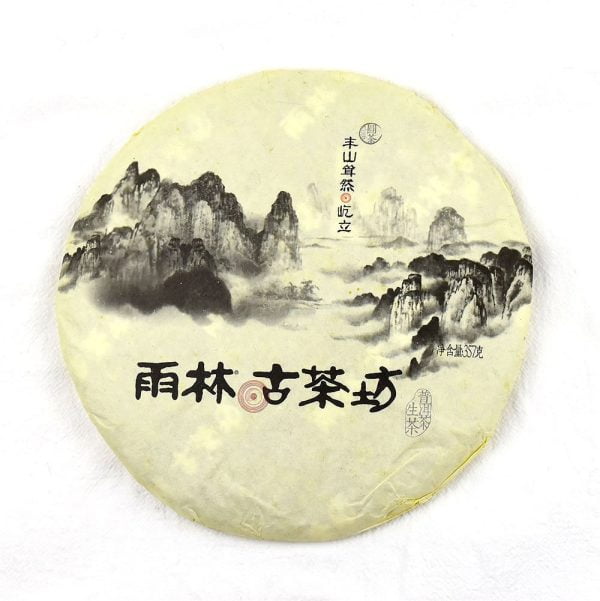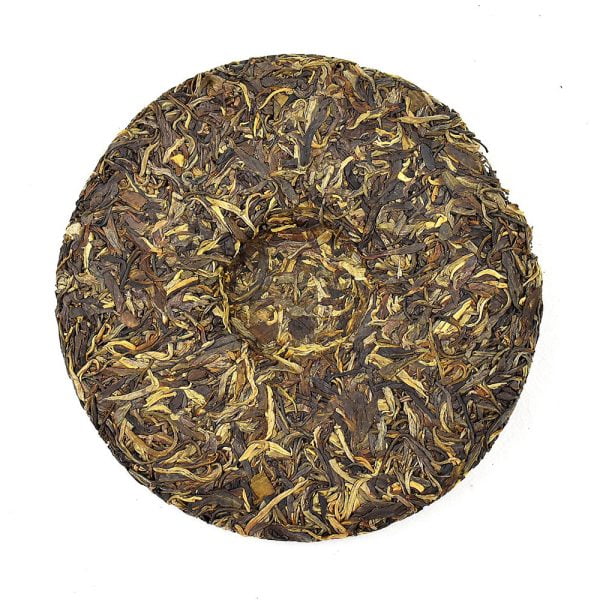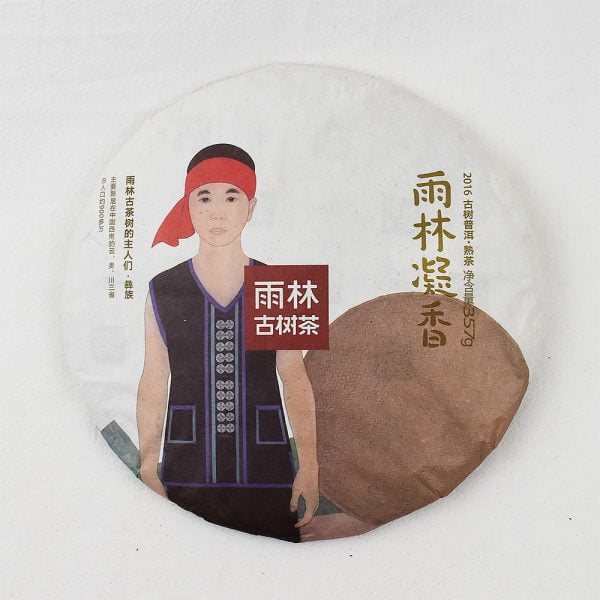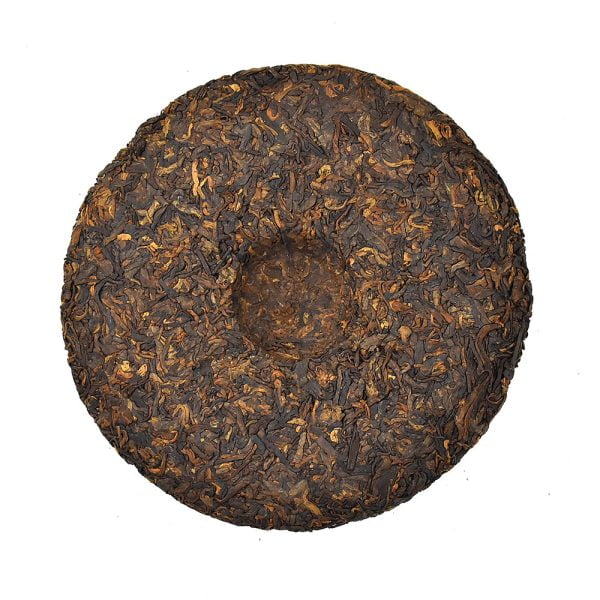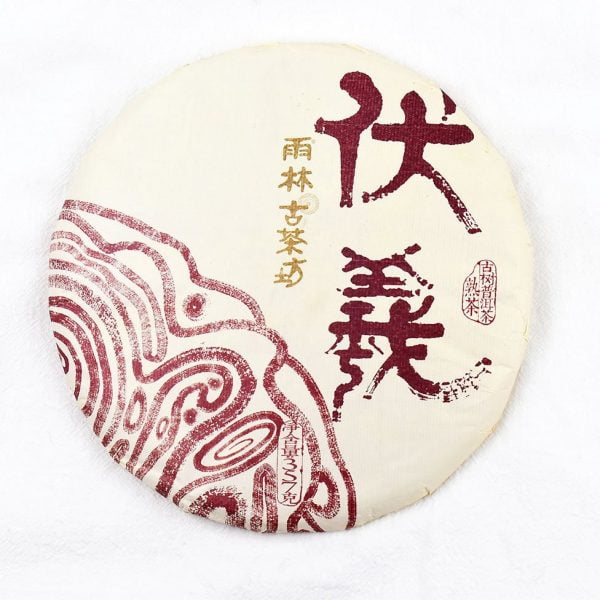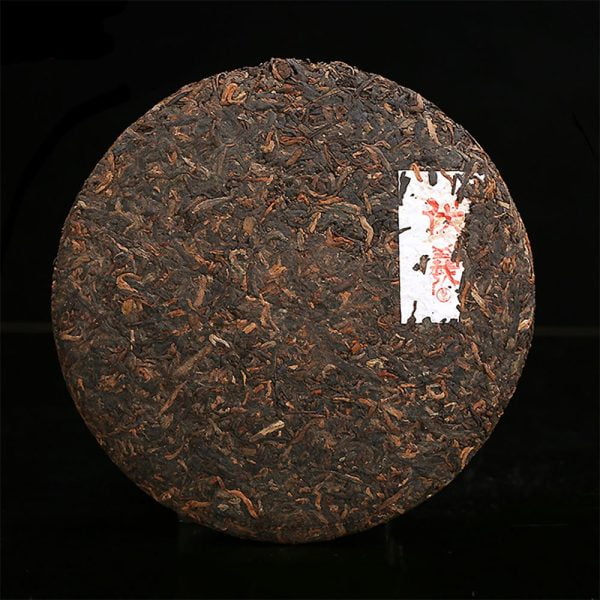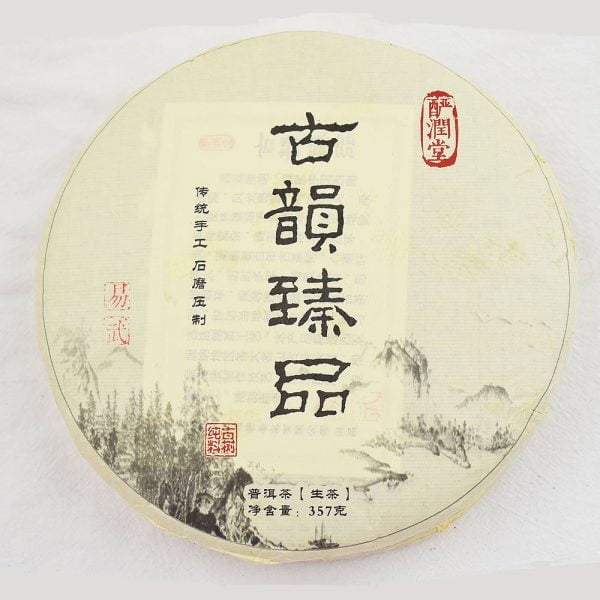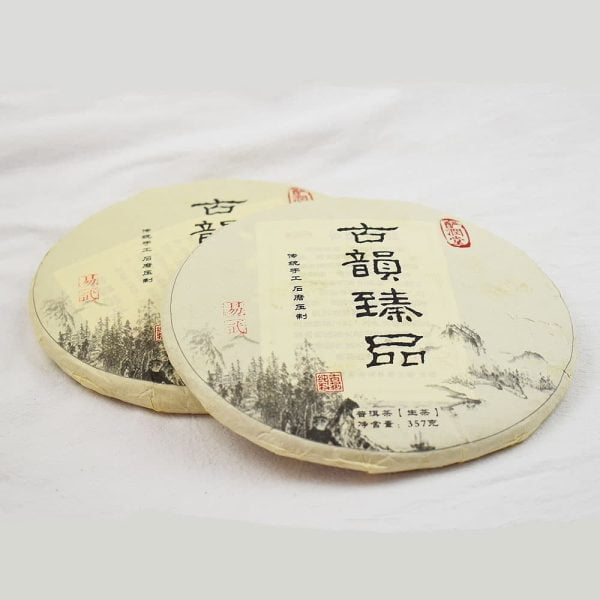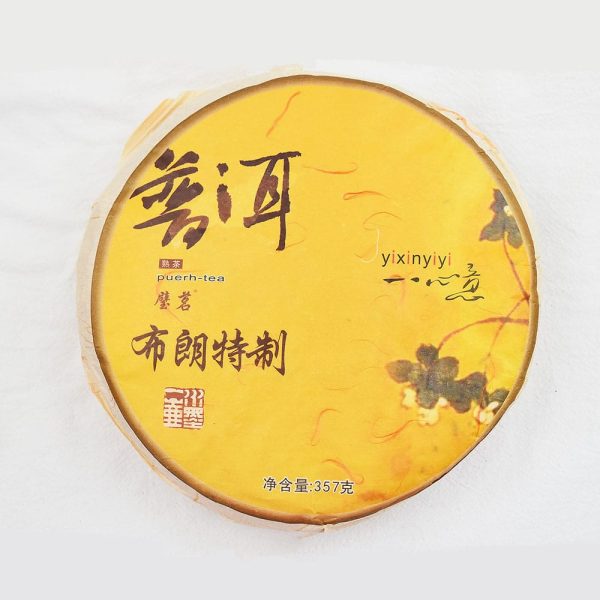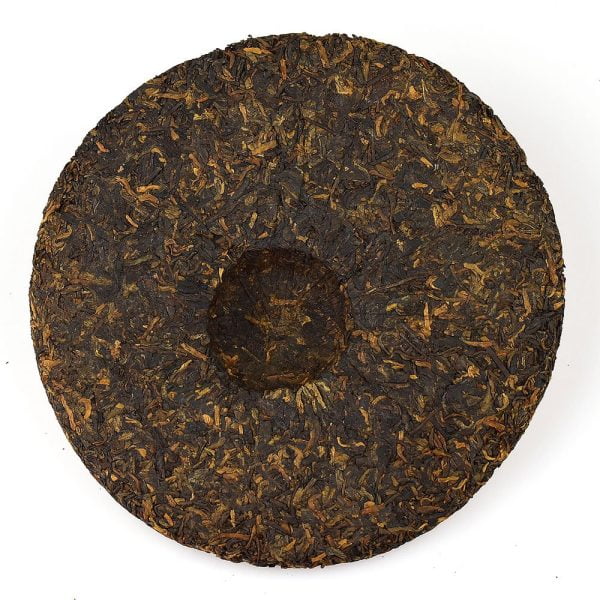Pu-erh (Pu’er) is a worldwide well-known Chinese tea produced in the Yunnan province of China. It is a particular post-fermented tea. It uses sun-dried Shaiqinmao tea leaves (Yunnan big-leaf variety) as material and then processed or pressed into different shapes, including loose-leaf Pu’er tea and tight-pressed Pu’er.
Pu-erh raw tea tastes very fresh with a scene of wild forest aroma, a pleasant bitterness at the first sip transforms into a long-lasting, sweet aftertaste within 20-30 seconds. The tea has a very delicate floral aroma emerges. Pu-erh ripe tea is very mellow, with an earthy/woody and floral aroma, combined with a very strong and impressive sweet aftertaste. With some aged Pu-erh, you will also be attracted by its unique Chen fragrance. Pu-erh has very a lot of health benefits including regulation of blood sugar, catalysing weight loss, regulated circadian rhythm, decreases cholesterol levels and so on.
Pu-erh tea trees are distributed in Simao, Xishuangbanna, Lincang and etc in Yunnan province and it is divided into ancient tea, old tea and new tea based on different ages of the tea tree.
The types of Pu-erh: There are two main types of Pu-erh – The raw Pu-erh (also known as ‘Seng Cha’) and Ripe Pu-erh (also known as ‘Shu Cha’). Buy them right now at our store with free shipping available.
What are the differences between Raw & Ripe Pu-erh?
Appearance & Colour
Raw Pu-erh
Blueish-green and deep green are the main colour; some parts of the tea leaves can turn yellow and red and the tea buds are white.
Ripe Pu-erh
The main colour is black or red-brown. Some of the tea buds are dark goldenrod.
Taste
Raw Pu-erh
Strong taste; very fresh with a scene of wild forest aroma, a pleasant bitterness at the first sip transforms into a long-lasting, sweet aftertaste within 20-30 seconds. Combined a scent of floral aroma.
Ripe Pu-erh
Very mellow, and very gentle, with an earthy/woody and floral aroma, combined with a very strong and impressive sweet aftertaste. The taste is smooth, without bitterness.
Tea Soup
Raw Pu-erh
The tea soup is pure and clear without any impurities. The colour is a bright yellow-golden or apricot-yellow colour.
Ripe Pu-erh
The tea soup is pure and clear without any impurities. The colour is wine-red and amber, like a wine-red agate.
Brewed Tea Leaves
Raw Pu-erh
Tea leaves are yellow-green or dark green. Tea leaves are more pliable.
Ripe Pu-erh
Tea leaves are reddish-brown, dark brown or black. Tea leaves are hard and fragile.
Steeping, Brewing and Serving
Among many tea wares, we recommend you use (Yixing) Clay Teapot and Gaiwan to brew this most characteristic Chinese tea. The clay teapot used to brew Pu’er tea in Gongfu style is specifically tiny whose volume is normally around 100ml – 200ml. Or you can also brew it by using a normal-sized Teapot with more tea leaves.
For simple glass vessel/teapot brewing:
You can brew fewer tea leaves with more hot water for a longer brewing time. Use 2 teaspoons of the tea for a 125ml teacup, 4 teaspoons for a 250ml glass or 8 teaspoons for a 500ml teapot. Using 100°C hot water to infuse tea leaves for around 3-4 minutes. Re-steep for around 6-7 times. Adjust it according to personal taste.
For Gongfu Style: (Recommend using (Yixing) Clay Teapot and Gaiwan)
- Warm the Gaiwan/tiny teapot with hot water; discard the water afterwards
- Add 1g Pu’er tea for every 50ml of water (recommend 7g-10g tea leaves, adjust by personal taste)
- Pour hot water (100 °C) into the clay teapot / Gaiwan, tilt it, slowly rotating it two times and quickly discard the water (this step is for waking up tea leaves and stimulating the special aroma of the Pu’er tea)
- Refill clay teapot/Gaiwan with hot water
- Infuse tea for around 10s – 20s for the first brew, extending an extra 20s infusion time for the following brew.
- Pour the steeped tea into a serving cup and divided it into small teacups and serve
- Repeat 8-15 times depending on personal taste.
Storage of Pu’erh Tea
There are several things that should be avoided if you want your pu-erh tea’s taste to last long:
- Avoid direct sunshine. Sunshine will break the chlorophyll down into pheophytin and amino acids inside Pu’er will also be damaged by ultraviolet light. If Pu’er tea is stored in a transparent glass container, exposure to sunshine will have a very bad effect on its quality. Therefore, please keep it inside a dark cabinet.
- Avoid moisture. Like any other fried food, oxygen and moisture are the biggest threats to Pu’er tea. The moisture affects the flavour and quality of the tea leaves a lot. Tea will even go mouldy if it is not stored properly. Please store it in a dry ventilated place. Do not store it in a place such as a bathroom or a cabinet beside a dishwasher.
- Avoid odour. Tea leaves can absorb different odours easily; therefore, when you store the Pu’er tea please make sure it is isolated from other smelly things. Kitchen cabinets are not an ideal place for storing oolong tea.
- Avoid very high temperatures.
Does not like other tea, Pu’er is a typical post-fermented tea. The taste of it will differ as time goes by, especially since the ‘Chen’ fragrance will only be developed when it aged for several years. Therefore, the surrounding of storing Pu’er will affect the quality of Pu’er very a lot. Pu’er should be kept in a naturally ventilated, dark, dry and odour-free place, and it better to be wrapped with a zip lock bag.





